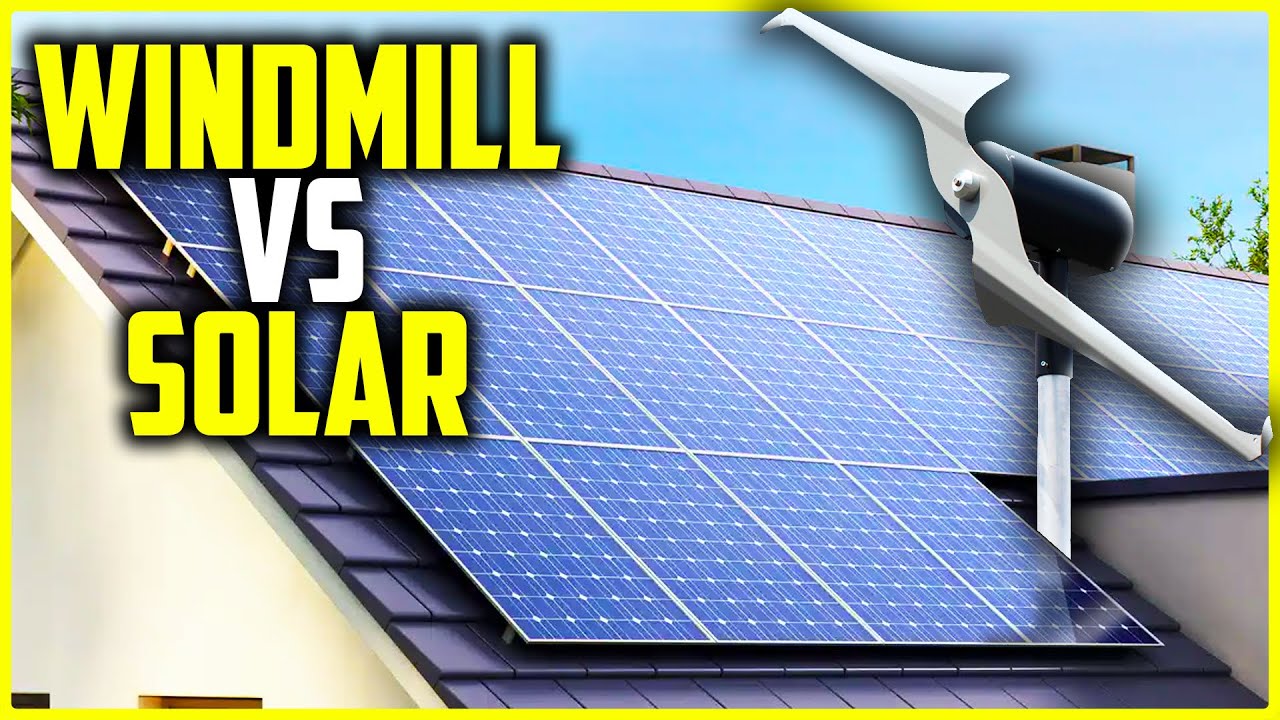Introduction to Green Energy Homes
In recent years, the concept of green energy homes has gained significant traction. As environmental concerns continue to rise, homeowners are increasingly looking for sustainable and eco-friendly solutions. A green energy home not only helps in reducing the carbon footprint but also offers long-term savings on energy bills. This guide aims to provide a comprehensive overview of what constitutes a green energy home and how you can transition your residence into one.
What is a Green Energy Home?
A green energy home is designed and built to utilize renewable energy sources, improve energy efficiency, and minimize environmental impact. This includes using resources like solar, wind, and geothermal energy. Here are some key components:
- Renewable Energy Systems: Solar panels, wind turbines, and geothermal heating systems.
- Energy Efficiency: High-quality insulation, energy-efficient appliances, and smart home technology.
- Sustainable Materials: Eco-friendly building materials and finishes.
- Water Conservation: Rainwater harvesting and greywater recycling systems.
Benefits of Green Energy Homes
Transitioning to a green energy home comes with a plethora of benefits. Here are some of the most significant advantages:
Environmental Impact
By reducing reliance on fossil fuels, green energy homes help decrease greenhouse gas emissions. This is crucial in the fight against climate change and promotes a healthier planet.
Energy Independence
Green energy homes often generate their own energy, reducing dependence on the grid. This independence is especially valuable during energy crises or price surges.
Financial Savings
While the initial investment can be significant, the long-term savings on utility bills often outweigh the costs. Many homeowners see a return on investment within a few years.
Key Components of Green Energy Homes
To fully embrace the green energy movement, several key components must be integrated into your home. Below are some of the most important aspects:
1. Solar Energy Systems
Solar panels are one of the most popular forms of renewable energy. They convert sunlight into electricity, which can power your home and reduce your energy costs.
- Photovoltaic Panels: These panels convert sunlight directly into electricity.
- Solar Water Heating: Systems that use sunlight to heat water for residential use.
2. Wind Energy Systems
For homeowners in suitable locations, small wind turbines can provide an excellent source of renewable energy. These turbines convert wind energy into electricity.
3. Geothermal Heating and Cooling
Geothermal systems utilize the stable temperatures underground to heat and cool homes efficiently. They are highly effective and can significantly reduce energy consumption.
4. Energy-Efficient Appliances
Using appliances that consume less energy is crucial for a green energy home. Look for appliances with the Energy Star label, which indicates they meet energy efficiency guidelines.
5. Smart Home Technology
Smart home devices can optimize energy usage by allowing you to control heating, cooling, and lighting from your smartphone. This technology not only enhances convenience but also contributes to energy savings.
How to Create Your Green Energy Home
Transforming your home into a green energy haven requires careful planning and consideration. Here are steps you can take:
Step 1: Assess Your Current Energy Use
Start by analyzing your current energy consumption. Review your utility bills and identify areas where you can reduce energy use.
Step 2: Set Your Goals
Decide what you want to achieve with your green energy home. Whether it’s reducing your carbon footprint or cutting down on energy costs, having clear goals will guide your decisions.
Step 3: Research Renewable Energy Options
Explore the various renewable energy systems available to you. Depending on your location and budget, some options may be more feasible than others.
Step 4: Consult Professionals
Engaging with professionals who specialize in green energy can provide valuable insights. They can help design and implement systems tailored to your home.
Step 5: Implement Changes Gradually
You don’t have to make all the changes at once. Gradually implement energy-efficient practices and technologies as your budget allows.
Financial Incentives for Green Energy Homes
Investing in a green energy home can be expensive, but various financial incentives can help offset these costs:
- Tax Credits: Many governments offer tax credits for renewable energy installations.
- Rebates: Utility companies may provide rebates for energy-efficient appliances and systems.
- Grants: Look for local or state grants aimed at promoting renewable energy and sustainability.
Common Misconceptions About Green Energy Homes
Despite the numerous benefits, several misconceptions about green energy homes persist:
1. Green Homes Are Too Expensive
While initial costs can be high, the long-term savings often make green energy homes more economical.
2. They Are Not Suitable for All Locations
While certain renewable energy sources are location-dependent, there are often alternatives available that can work in diverse environments.
3. Maintenance Is Too Complicated
Many renewable energy systems require minimal maintenance, especially when compared to traditional energy systems.
Future of Green Energy Homes
The future of green energy homes looks promising as technology continues to advance. Innovations in energy storage, smart home technology, and renewable energy sources are expected to enhance the efficiency and affordability of green homes. Here are some trends to watch for:
- Increased Use of Smart Grids: Smart grids will improve energy distribution and efficiency.
- Advancements in Battery Storage: Better battery technology will allow homeowners to store excess energy for later use.
- Integration of Electric Vehicles: Homes may increasingly incorporate electric vehicle charging stations powered by renewable energy.
Conclusion
Transitioning to a green energy home is a rewarding endeavor that benefits both the homeowner and the environment. By understanding the components, benefits, and processes involved, you can make informed decisions that contribute to a more sustainable future. Embrace the green energy movement and become a part of the solution for a healthier planet.


